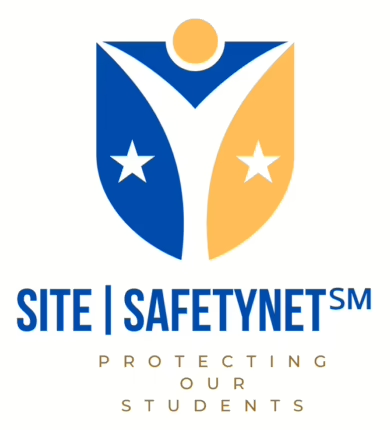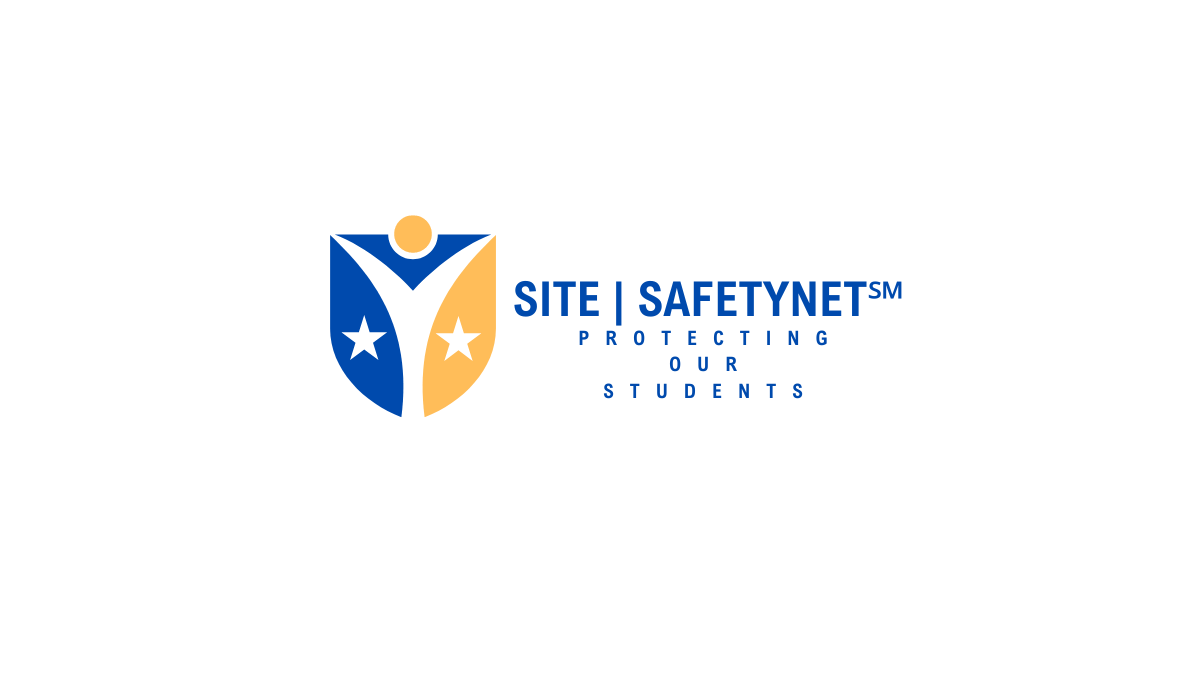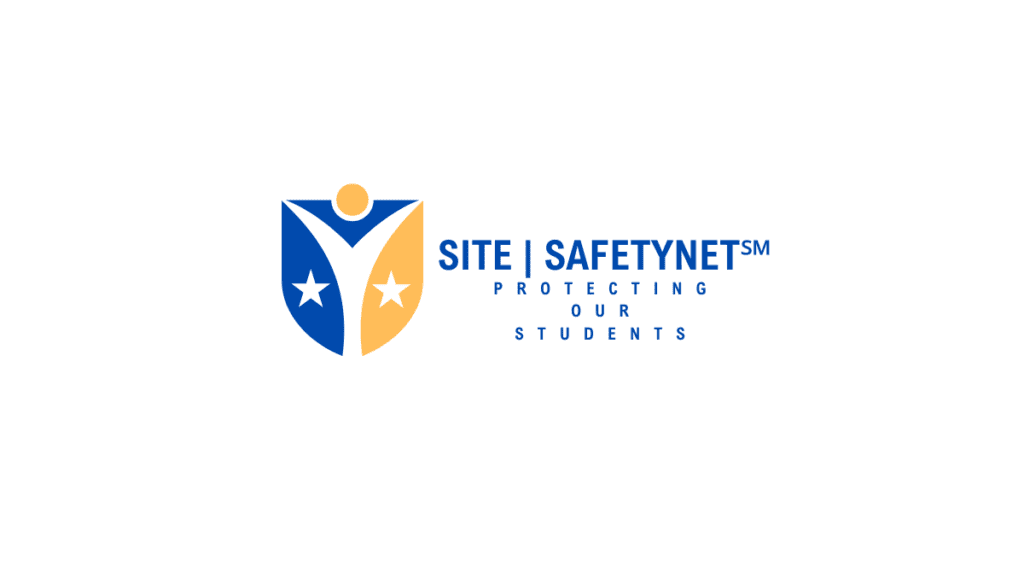 By Robert Jordan
By Robert Jordan
Ensuring Student Safety Amid Potential Changes to the U.S. Department of Education
As of February 7, 2025, significant discussions are underway regarding potential changes to the U.S. Department of Education (DOE). The current administration is reportedly considering actions that could substantially alter the structure and responsibilities of the DOE. While these developments are ongoing, it’s essential to focus on the primary goal shared by all stakeholders: ensuring the safety and well-being of our students.
At SITE|SAFETYNET℠, we are dedicated to providing schools with the tools and resources necessary to maintain a secure learning environment. Our platform offers real-time safety assessments, dynamic safety scoring, and comprehensive safety planning to empower schools to manage their safety protocols proactively.
Regardless of potential federal restructuring, the commitment to student safety remains paramount. We encourage educational institutions, policymakers, and communities to continue collaborating towards this shared objective. By leveraging innovative solutions like SITE|SAFETYNET℠, schools can enhance their preparedness and responsiveness to various safety challenges, ensuring every student can learn in a secure environment.
For more information on how SITE|SAFETYNET℠ can assist your school in strengthening its safety measures, please visit our website at https://sitesafetynet.org/.
Together, we can work towards a future where educational settings are safe havens for all students, irrespective of changes at the federal level.
An expanded look at the situation surrounding the U.S. Department of Education (DOE) as of February 7, 2025:
Executive Action Consideration:
- Purpose and Scope: President Trump’s administration is reportedly considering an executive order to reduce the scope of the DOE significantly. The intention, as reported by sources like Reuters, is to eliminate or reassign functions of the DOE that aren’t explicitly mandated by law. This might involve moving responsibilities like student loan management to the Treasury Department or civil rights enforcement to the Justice Department.
- Legal Boundaries: While the President can issue executive orders to reorganize federal agencies to some extent, abolishing an agency like the DOE would require Congressional approval. Thus, any executive order might be seen as a strategic move to reduce the department’s influence while pushing Congress to act on more permanent changes.
- Public and Political Reaction: There’s significant resistance from educators, civil rights groups, and some political figures who argue that dismantling the DOE would undermine educational equity, particularly for disadvantaged students. The administration’s move could be seen as fulfilling a campaign promise to reduce federal oversight in education, but it’s met with skepticism regarding its feasibility and impact.
Congressional Dynamics:
- Meeting Denial Incident: The reported refusal of entry to House Democrats by the DOE under Acting Secretary Denise Carter, as cited by Politico, indicates a level of tension or lack of cooperation between branches of government. This could be seen as a signal of how contentious the process of altering the DOE might become if pursued further.
- Legislative Action: Congress’s role is crucial here. Any significant overhaul or dismantling of the DOE would need to pass through the House and Senate, where political divides could stall or accelerate the process. Bipartisan support for such a move remains uncertain, particularly in the Senate, where filibusters could play a significant role.
State-Level Implications:
- Support for Local Control: Some Republican state leaders, as noted by Inside Higher Ed, see the potential dismantling of the DOE as an opportunity for states to regain control over educational policies and funding. This aligns with a long-standing conservative critique of federal involvement in education, advocating for a return of power to state and local governments.
- Potential Challenges: The transition of federal education responsibilities to states could lead to varied outcomes across the country, depending on state budgets, political climates, and priorities. Critics worry about disparities in educational quality, funding, and civil rights protections if federal oversight is diminished or removed.
- Educational Equity Concerns: There are significant concerns about the impact of programs like Title I, which provides federal aid to schools with high numbers of students from low-income families. Without federal oversight, the consistency and enforcement of educational equity could be at risk.
Current Status:
- Operational Continuity: Despite these discussions and potential plans, the DOE remains operational in Washington, D.C., continuing to manage federal education programs, policy, and funding.
- Political and Legal Path Forward: The future of the DOE hangs in the balance that requires navigating both political will and legal frameworks. The executive branch can propose changes, but the legislative branch must enact them. This situation underscores the complexity of altering established federal agencies, where administrative, legislative, and judicial checks and balances come into play.
This scenario reflects a broader debate on the federal government’s role in education, with significant implications for policy, funding, and the governance of education across the United States.
In light of these potential changes, SITE|SAFETYNET℠ remains committed to supporting schools in their mission to provide safe learning environments. Our platform is designed to adapt to evolving educational landscapes, ensuring schools can access the latest tools and resources to manage safety effectively.
We urge all stakeholders to stay informed about these developments and to prioritize the safety and well-being of students above all else. By working together and utilizing innovative solutions, we can navigate these changes and continue to uphold the highest standards of educational safety.
For more information on how SITE|SAFETYNET℠ can assist your institution during this transition, please visit https://sitesafetynet.org/.
Together, we can ensure that our schools remain safe and nurturing environments for all students, regardless of changes at the federal level.
The Closing of the White House Office of Gun Violence Prevention: What It Means for School Safety

 By Robert Jordan
By Robert Jordan